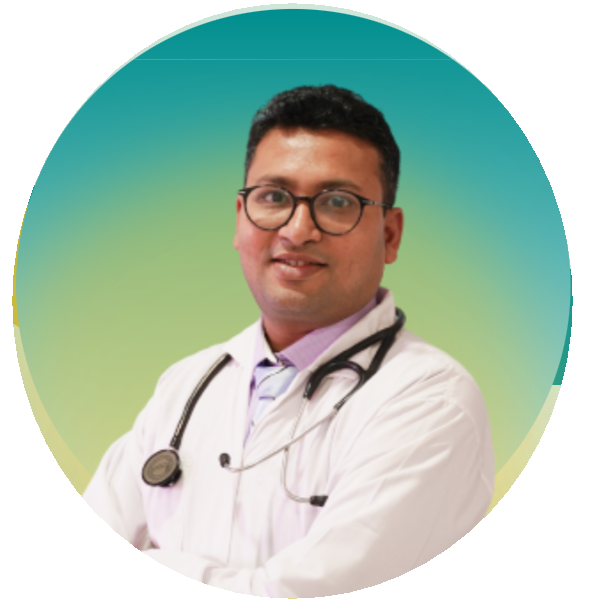Cancer in children is a challenging subject, but learning about it can provide valuable insights and hope. Although childhood cancer is less common than cancer in adults, it still affects many families. Here’s an easy-to-understand guide on the types of cancer that can affect children, the treatments available, and the hope that modern medicine brings.
What is Childhood Cancer?
Cancer is a disease where cells in the body grow uncontrollably. In children, this can happen in various parts of the body. It’s important to remember that cancer is not caused by anything the child did; it’s just a problem with the cells in the body.
Common Types of Cancer in Kids
Here’s a look at some of the cancers that most often affect children:
- Leukemia: This cancer starts in the blood and bone marrow. It makes the body produce too many abnormal white blood cells.
- Brain Tumors: Tumors that grow in the brain or spinal cord. Symptoms can include headaches, nausea, or trouble with movement.
- Neuroblastoma: A cancer that usually starts in the nerve cells of the abdomen or chest. It mainly affects younger children.
- Wilms Tumor: A type of kidney cancer often found as a lump in the belly, mainly affecting children under 5 years old.
- Ewing Sarcoma: Affects the bones or soft tissues around them. It’s most common in teenagers.
- Rhabdomyosarcoma: This cancer starts in the muscles or other soft tissues, often seen in younger children.
How Do We Treat Cancer in Children?
Treating cancer involves different approaches, depending on the type and stage of cancer. Here are some of the treatments used:
- Chemotherapy: Medicine used to kill cancer cells or stop them from growing. It is usually given in cycles.
- Radiation Therapy: Uses high-energy rays to target and destroy cancer cells. This is often used for tumors in specific areas.
- Surgery: Involves removing the cancerous tumor from the body. This is sometimes combined with other treatments.
- Targeted Therapy: Uses special drugs that focus on specific parts of cancer cells, helping to kill them while causing less harm to normal cells.
- Immunotherapy: A newer treatment that helps the body’s immune system fight cancer. Immunotherapy cancer treatment in Ahmedabad is becoming a more common and promising option.
- Stem Cell Transplant: Replaces damaged bone marrow with healthy stem cells. This helps the body recover from intense treatments.
Advanced Cancer Treatments in Ahmedabad
In Ahmedabad, advanced cancer treatments are available for children. Dr. Vikesh Shah is a well-regarded oncologist in the city who specializes in cutting-edge cancer treatments. His clinic provides a range of options, including immunotherapy, which is a new and effective way to help the body fight cancer.
If you’re looking for high-quality cancer care in India, consider Dr. Vikesh Shah’s clinic in Ahmedabad. It offers comprehensive care with the latest treatments to support young patients and their families.
Looking Ahead with Hope
Even though cancer is a tough challenge, there is good news. Research and treatments are constantly improving, bringing new hope to children and their families. Scientists and doctors are always looking for better ways to treat cancer, making future outcomes even more promising.
Support is also available through various organizations and groups that can help families navigate this journey. These resources provide emotional support and practical advice, making the process a bit easier.
Conclusion
Cancer in children is a serious issue, but modern medicine and new treatments offer hope and promise. With advanced options available in Ahmedabad and innovations like immunotherapy, there is reason to be optimistic.
If you need specialized care, Dr. Vikesh Shah in Ahmedabad is a great resource for advanced cancer treatment. His clinic offers the latest in cancer care, helping to support children and families during challenging times.
Understanding childhood cancer and exploring available treatments can help families face this journey with hope and confidence. The future of cancer treatment is bright, with continued research and advancements improving the lives of young patients everywhere.

